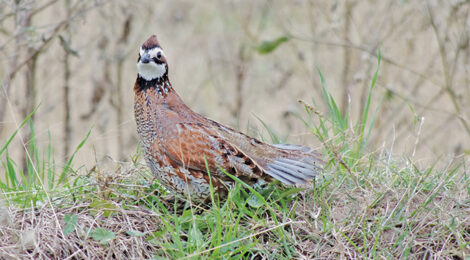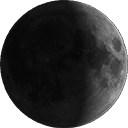
Late Season Quail Hunting Impact & Opportunities
Story by Bill L. Olson
At the start of each fall hunting season I have read, written and broadcast for years how dove hunting is such a social gathering. On September 1 hunting these gray palomas marks the beginning of seasons that stretches well into the following New Year.
As we know there is much anticipation and camaraderie as first resident dove are hunted and then with changing weather conditions those birds migrate south to be replaced by birds hatched in more northern latitudes. What hunters and landowners can do to enhance food and habitat comes in the form of planting sunflower seeds and other grain while Mother Nature provides whatever cover for nesting and recruitment.
As hunting seasons begin to wind down, I’d like to offer hunting bobwhite quail as an even more broad hunting experience. This “gentleman’s hunt” has its own Texas twist to quail hunting in the deep South of days gone by. This is a hunt for a fairly fragile yet resilient resident upland bird.
In years of abundant and timely rains the natural recruitment and even short-lived cyclical recovery of these balls of feather launched into air from beneath one’s feet has sent chills of excitement down countless hunters’ spine. However, quail hunting is so much more than just about the harvest. To the purist or at least more experienced, there is almost a cult like following that embraces the individual aspects that make up the whole bobwhite experience.
Given Texas’ propensity of 97 percent of its land privately owned, the future of the bobwhite quail rest solely in the hands of the landowner. It is suggested this is the most studied bird as biologist search for the elusive formula of minimum acreage for a successful management program, habitat manipulation and how to provide what nature does not regularly and naturally offer across many arid parts of the Lone Star State.
************************************************************************
To read more, click here to SUBSCRIBE







